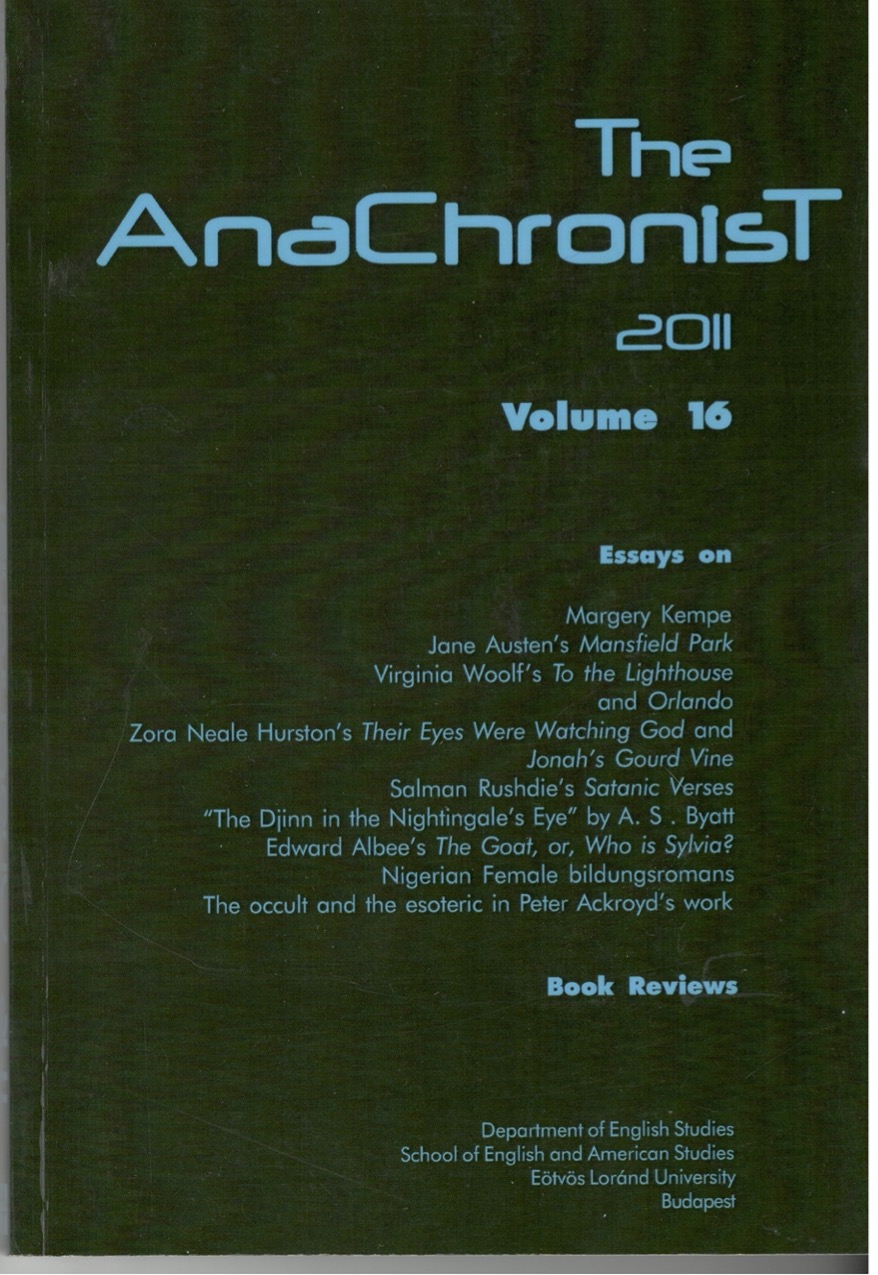'Heaven be praised for it, the problem of space remained'
The Phenomenology of Pictorial Space in Virginia Woolf's To the Lighthouse
DOI:
https://doi.org/10.53720/ICID7128Abstract
The painterly dilemma of translating reality into the language of aesthetics surfaces with a renewed difficulty for Lily Briscoe the painter of Virginia Woolf’s To the Lighthouse. The novelty of her challenge rests in her encounter of post-Cartesian (architectural, corporeal, pictorial) spaces, above all the “hideously difficult white space” of her canvas along with the emptiness of domestic spaces left behind by the death of her primary subject, Mrs. Ramsay. This paper explores Lily’s Cézannesque formalism, which she accomplishes through establishing a phenomenological relationship with things, bodies, and spaces. The painter familiarizes herself primordially and synaesthetically with her surrounding reality in a Merleau-Pontian fashion, defying the hegemony of cognition, language, and vision. Her body becomes the locus of the chiasmic node of the visual and the tactile, she realizes her own embeddedness and homogeneous oneness with the world and transposes this relationship, that is, her vision, onto the canvas.

